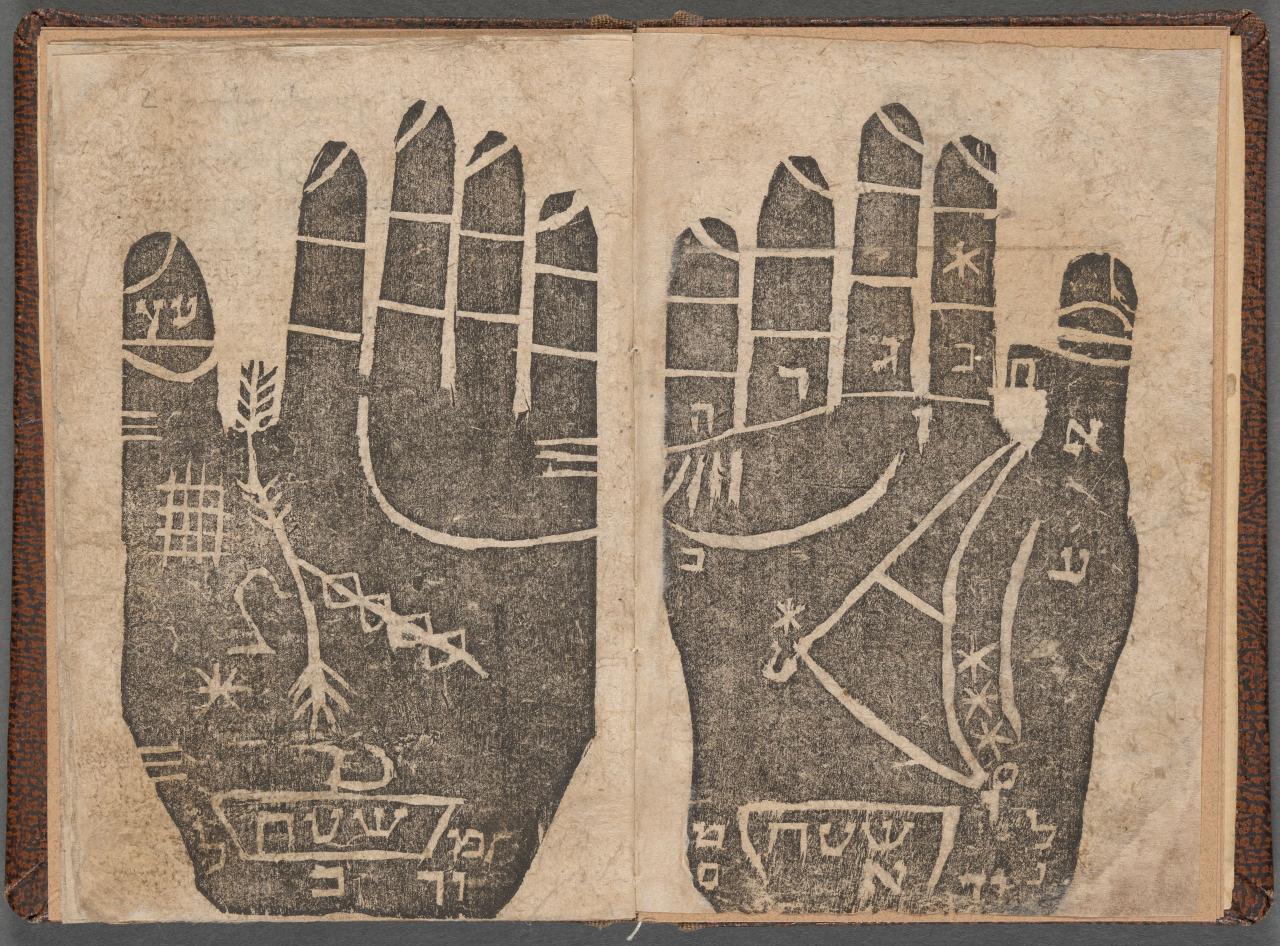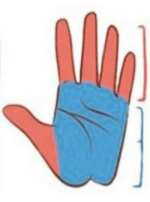
The Origins and History of Palmistry
Palmistry, the art of reading character traits and predicting the future through the interpretation of lines and features on the palm of the hand, has a rich and mysterious history. Here are some key points:
- Ancient Roots: The exact origins of palmistry remain uncertain, but it likely began in ancient India and spread from there. Indian palmistry influenced traditional fortune-telling practices among the Roma (Gypsies).
- Global Influence: Palmistry has been practiced in various cultures, including China, Tibet, Persia, Mesopotamia, and Egypt. It underwent significant development in ancient Greece.
- Medieval and Renaissance Periods: During the Middle Ages, palmistry was associated with witch-hunting, with pigmentation spots interpreted as signs of pacts with the Devil. However, it experienced a revival during the Renaissance.
- Empirical Efforts: In the 17th century, attempts were made to establish empirical and rational foundations for palmistry. These efforts aimed to link physical features observed in the hand to personality traits and health.
- 19th-Century Revival: Palmistry gained popularity again in the 19th century, thanks to figures like Casimir d’Arpentigny, Louis Hamon (Cheiro), and William Benham. Their works emphasized the study of hand shapes, lines, and mounts.
- 20th Century and Beyond: Despite lacking scientific support for psychic or occult predictive meaning, palmistry continues to intrigue people. Followers of Carl Jung explored its symbolism and connections to psychology.
Scientific Basis and Skepticism
While palmistry remains outside the realm of empirical science, the human hand does reveal information about health, habits, and cleanliness. Medical professionals routinely examine hands for diagnostic purposes. However, claims of predicting specific life events through palmistry lack scientific validation.
In summary, palmistry combines ancient traditions with modern curiosity, offering insights into our hands’ physical features while leaving the mystical aspects open to interpretation.
Delve deeper into the science of it on Britannica.

